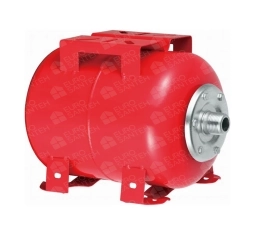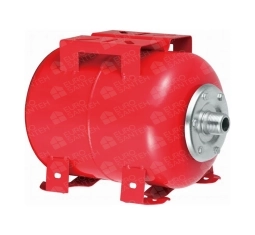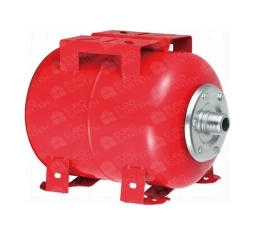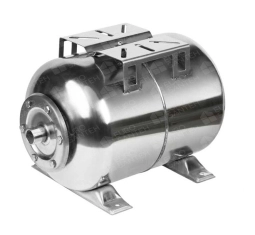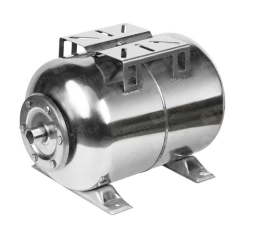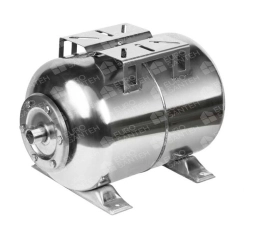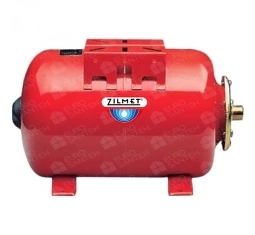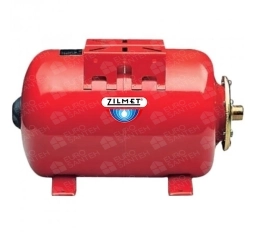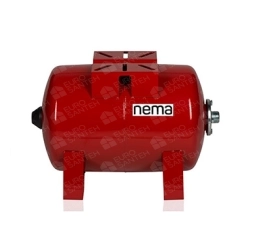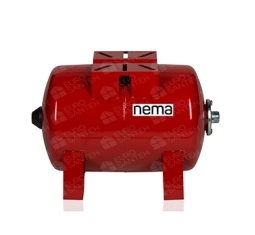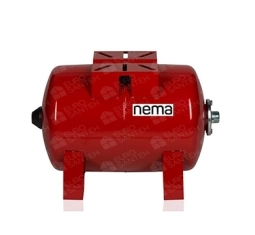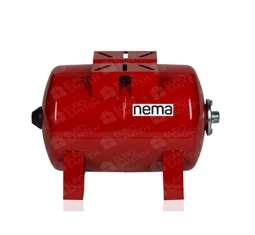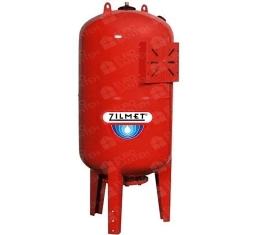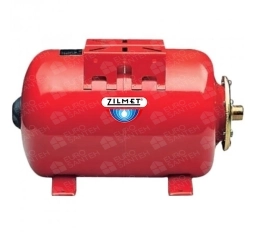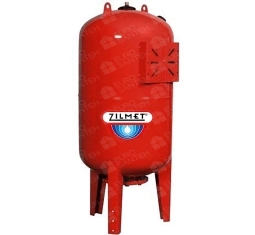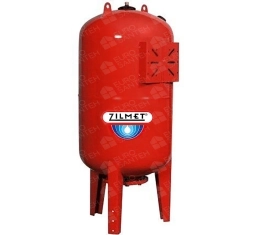Expansion tanks for cold water supply
Expansion tanks for cold water supply play a vital role in maintaining optimal pressure levels and safeguarding plumbing systems against the impact of temperature fluctuations. In this comprehensive discussion, we will delve into the importance of expansion tanks in cold water supply systems, explore their various applications, and highlight key considerations when selecting and installing these crucial components.
The Significance of Expansion Tanks for Cold Water Supply:
Cold water supply systems are inherently dynamic, experiencing changes in pressure due to factors like temperature variations and varying water demands. Expansion tanks for cold water supply are engineered to counteract these pressure fluctuations, ensuring the efficient and safe operation of the entire plumbing system.
Applications of Expansion Tanks in Cold Water Supply:
-
Residential Plumbing Systems: In homes, expansion tanks for cold water supply are employed to manage the thermal expansion of water, preventing excessive pressure buildup and maintaining consistent water pressure.
-
Commercial Buildings: Commercial establishments, including offices and shopping centers, utilize expansion tanks to regulate water pressure, ensuring a reliable and uniform water supply throughout the building.
-
Industrial Cold Water Systems: Industrial facilities with extensive cold water requirements benefit from expansion tanks that help manage pressure variations caused by the complex and often high-demand processes.
-
Municipal Water Supply: Large-scale water distribution systems in municipalities often incorporate expansion tanks to mitigate the effects of temperature changes and ensure steady water pressure for consumers.
Key Components and Types of Expansion Tanks:
-
Diaphragm Expansion Tanks: These tanks feature a flexible diaphragm that separates the water chamber from a gas-filled compartment. As water expands, the diaphragm flexes, compressing the gas and preventing pressure spikes.
-
Bladder Expansion Tanks: Similar to diaphragm tanks, bladder tanks use a flexible bladder to separate the water and gas phases. The bladder, typically made of elastomeric materials, expands and contracts to accommodate fluid volume changes.
Factors to Consider When Choosing Expansion Tanks for Cold Water Supply:
-
System Type: Identify the specific cold water supply system (residential, commercial, industrial) to choose the appropriate type of expansion tank.
-
Expansion Capacity: Calculate the required expansion tank capacity based on the anticipated volume expansion of the cold water in the system.
-
Pressure Rating: Ensure that the expansion tank's pressure rating aligns with the maximum pressure expected in the cold water supply system.
-
Material of Construction: Consider the material of the tank, selecting corrosion-resistant options such as stainless steel or non-corrosive alloys based on water composition.
-
Installation Requirements: Take into account spatial constraints and installation requirements when selecting the type and configuration of the expansion tank.
Benefits of Expansion Tanks for Cold Water Supply:
-
Prevention of Water Hammer: Expansion tanks mitigate water hammer, a phenomenon caused by the sudden cessation of water flow, preventing damage to pipes and fixtures.
-
Extended Lifespan of System Components: By stabilizing pressure, expansion tanks contribute to the longevity of pipes, valves, and other plumbing components.
-
Energy Efficiency: Properly sized and installed expansion tanks reduce the frequency of pump start-stop cycles, resulting in energy savings.
-
Consistent Water Pressure: Expansion tanks help maintain consistent water pressure, ensuring a reliable and uniform flow of water to various points of use.
Installation and Maintenance Tips for Expansion Tanks:
-
Proper Sizing: Ensure that the expansion tank is correctly sized for the cold water supply system. An incorrectly sized tank may lead to inefficiencies.
-
Correct Placement: Install the expansion tank in a location with adequate support and follow the manufacturer's recommendations regarding orientation.
-
Pressure Adjustment: Adjust the pre-charge pressure of the expansion tank according to system specifications for optimal performance.
-
Regular Inspections: Periodically inspect the expansion tank for signs of wear, corrosion, or damage. Promptly address any issues to prevent system inefficiencies or failures.
-
Venting Procedures: Follow proper venting procedures during installation to eliminate air from the tank, ensuring it functions as intended.
Cost Considerations for Expansion Tanks in Cold Water Supply Systems:
-
Comparing Costs: Compare prices from multiple suppliers to identify competitive offers for expansion tanks with similar specifications.
-
Brand Reputation: Consider the reputation of the brand or manufacturer. Well-established brands often provide higher-quality products but may come with a premium price.
-
Features and Specifications: Expansion tanks with advanced features, such as corrosion-resistant coatings or integrated pressure control mechanisms, may have higher upfront costs.
-
Warranty and Support: Check the warranty offered by the manufacturer and the availability of customer support and after-sales services.
Conclusion: Optimizing Cold Water Supply with Expansion Tanks:
In conclusion, expansion tanks for cold water supply are indispensable components in plumbing systems, ensuring stability, efficiency, and safety. By understanding the specific requirements of the cold water supply system, selecting the appropriate type of expansion tank, and adhering to proper installation and maintenance practices, users can optimize the performance of their plumbing systems, contributing to long-term reliability and cost-effectiveness.
